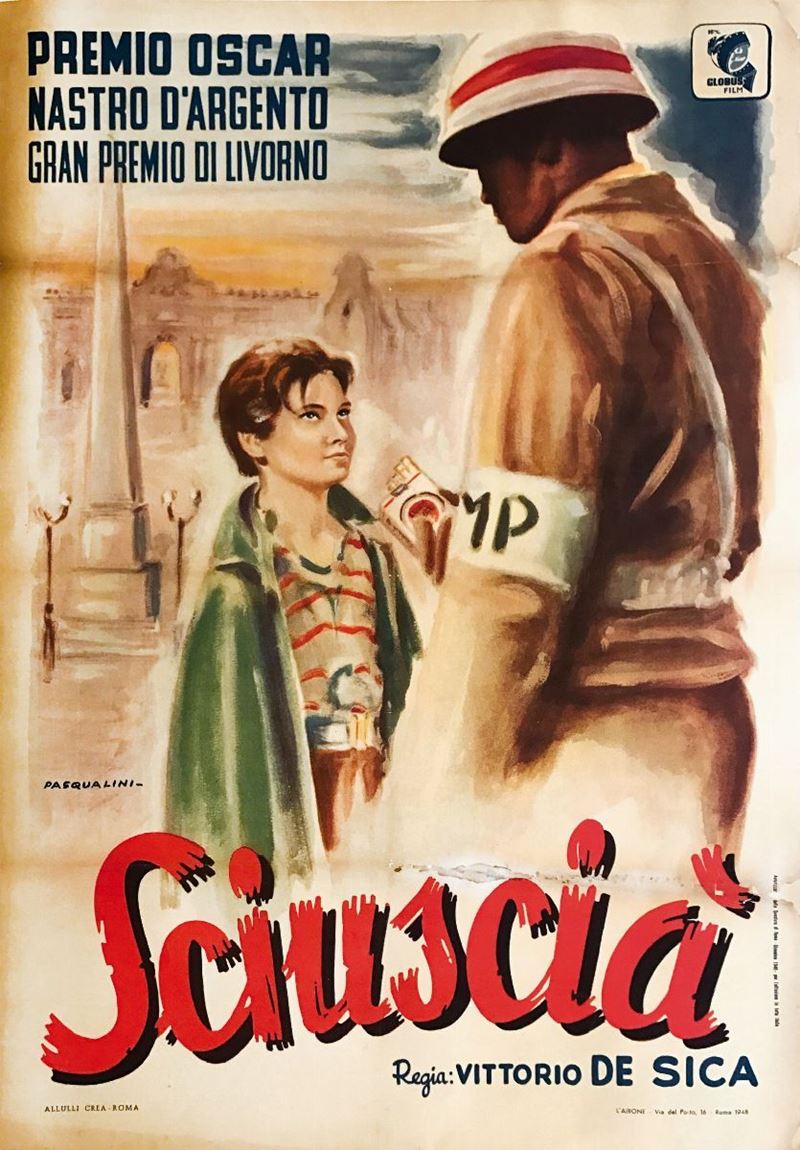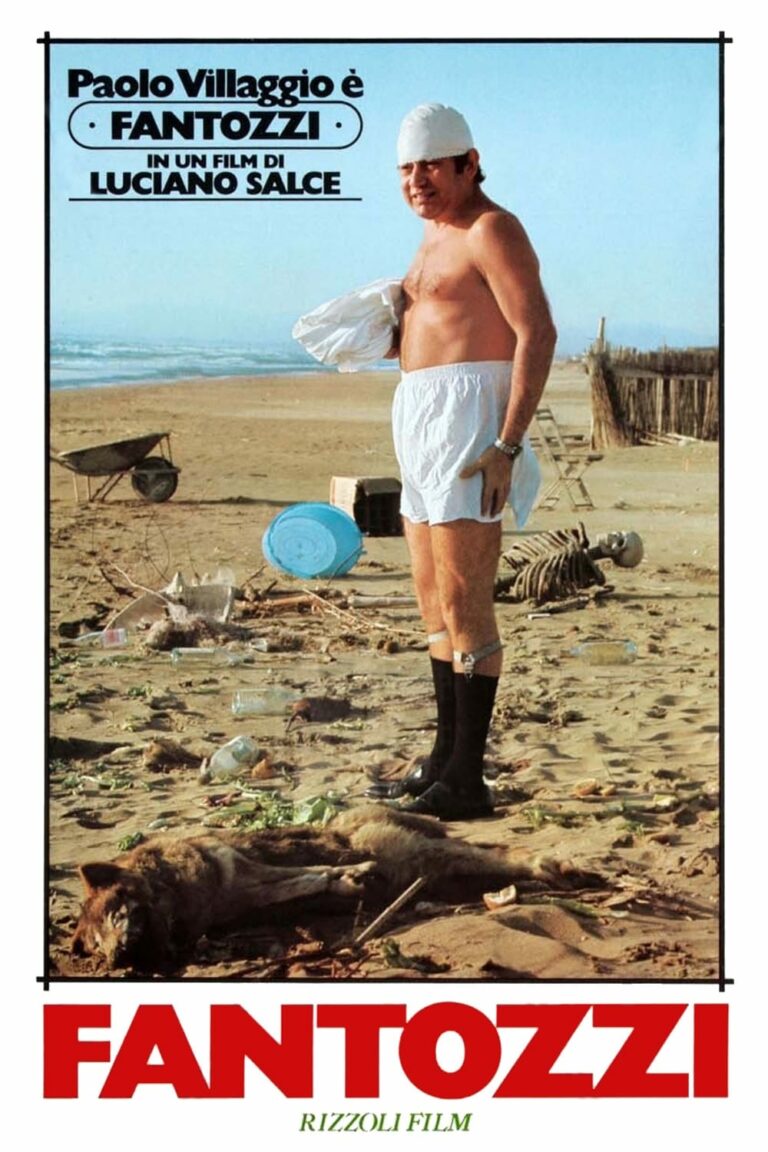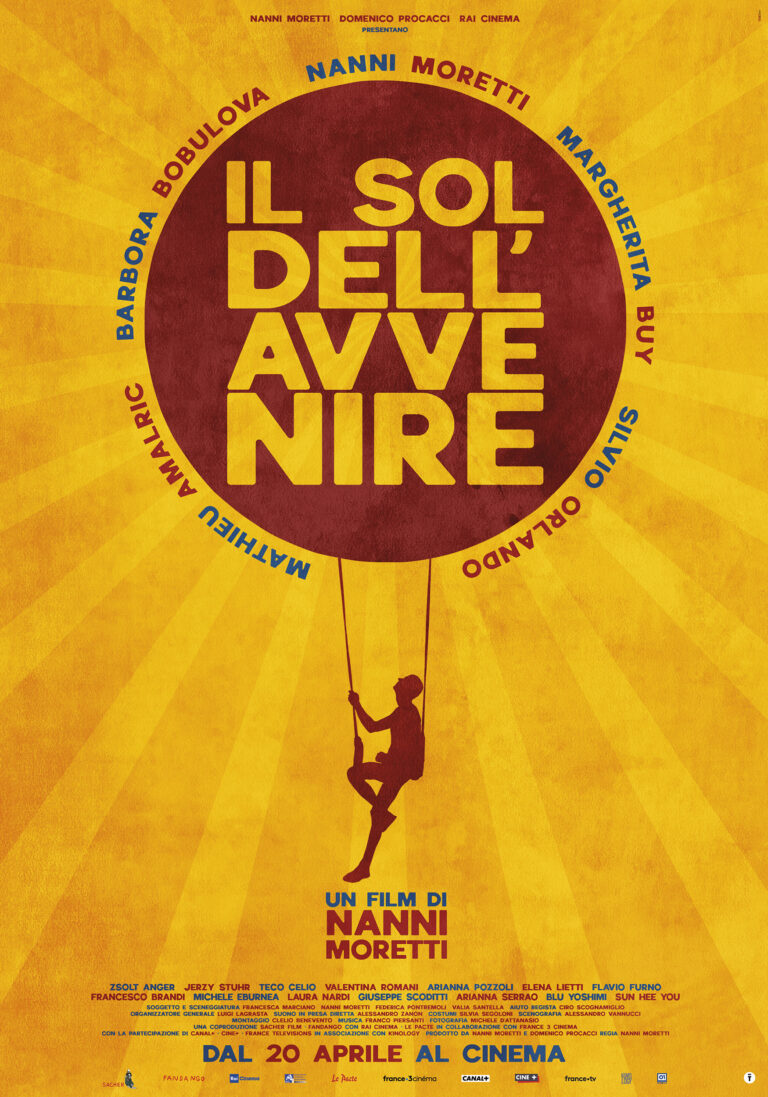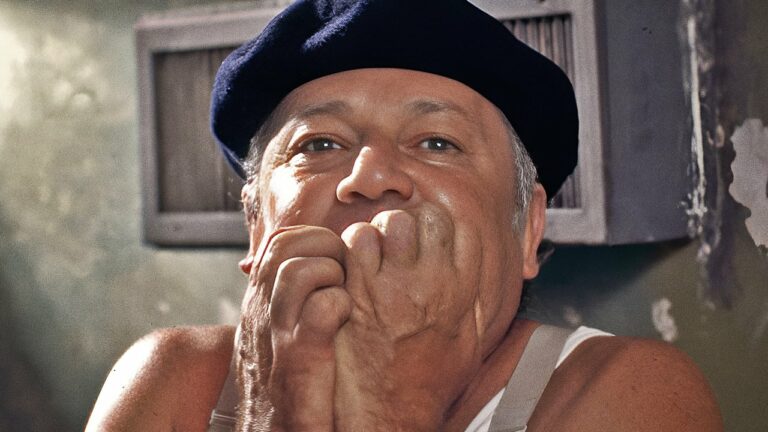
Released in 1946, Vittorio De Sica’s Shoeshine (Sciuscià) is a poignant exploration of friendship, poverty, and the loss of innocence in post-World War II Italy. This landmark film, often regarded as a defining work of Italian neorealism, captures the harsh realities of life for the poor and marginalized in the aftermath of war. Through its deeply empathetic storytelling and striking realism, Shoeshine continues to resonate as a timeless tale of humanity and resilience.
The Story of Shoeshine
The film follows two young boys, Giuseppe (Rinaldo Smordoni) and Pasquale (Franco Interlenghi), best friends trying to survive in the streets of Rome. To make ends meet, they work as shoeshine boys, harboring a shared dream of buying a horse—a symbol of their fleeting innocence and escapism from their harsh reality.
Their pursuit of this dream leads them into an unintended entanglement with petty crime. Tricked by a group of black-market dealers, the boys find themselves falsely accused of theft and sent to a juvenile detention center. What follows is a heartbreaking tale of betrayal, desperation, and the deterioration of their friendship under the crushing weight of their circumstances.
The narrative masterfully intertwines the boys’ personal struggles with broader social commentary, depicting how systemic injustices and societal neglect can erode even the most innocent bonds.
De Sica’s Neorealist Approach
Shoeshine is a hallmark of Italian neorealism, a cinematic movement born out of the devastation of World War II. De Sica, working closely with screenwriter Cesare Zavattini, sought to depict the lives of ordinary people with unvarnished authenticity. The film’s use of non-professional actors, real locations, and a focus on the struggles of the underprivileged underscores its commitment to realism.
The gritty streets of Rome and the oppressive confines of the juvenile detention center are captured with stark immediacy, immersing the audience in the boys’ harsh reality. De Sica’s sensitive direction ensures that every scene, no matter how bleak, is infused with humanity and emotional depth.
Themes of Friendship and Betrayal
At its core, Shoeshine is a story about friendship and its fragility under the strain of adversity. Giuseppe and Pasquale’s bond is a beacon of hope in their otherwise difficult lives, but their circumstances force them into situations that test their loyalty and trust.
The film examines how external forces—poverty, systemic oppression, and the criminal justice system—can corrode personal relationships. The boys’ dream of owning a horse, once a symbol of their unity and hope, becomes a cruel reminder of the innocence they are forced to leave behind.
A Portrait of Postwar Italy
Shoeshine is also a searing critique of postwar Italian society. The film portrays a country grappling with the aftermath of war, where poverty and corruption are pervasive, and the most vulnerable—children—are left to fend for themselves.
The juvenile detention center, depicted as a microcosm of a broken system, serves as a chilling reminder of the institutional failure to protect and rehabilitate young lives. Rather than offering the boys a path to redemption, the center becomes a place of punishment and despair, reflecting a broader societal neglect of those most in need.
Impact and Reception
Upon its release, Shoeshine was widely acclaimed for its emotional depth and social realism. Though its raw portrayal of poverty and injustice was initially met with resistance from certain audiences, the film soon garnered international recognition.
In 1948, Shoeshine received an Honorary Academy Award for its “high quality of production,” marking the first time a foreign film was honored by the Academy. This acknowledgment helped pave the way for Italian cinema’s global prominence and set the stage for De Sica’s later classics, such as Bicycle Thieves (1948) and Umberto D. (1952).
Legacy of Shoeshine
Shoeshine remains a deeply influential film, not only for its role in the neorealist movement but also for its enduring humanism. The film’s unflinching portrayal of childhood amid hardship has inspired countless filmmakers, including Martin Scorsese, who cited it as one of the films that shaped his understanding of cinema’s potential.
Its themes of poverty, systemic injustice, and the loss of innocence are as relevant today as they were in the 1940s. By focusing on the personal struggles of two boys, De Sica offers a universal story that speaks to the resilience of the human spirit in the face of adversity.
Conclusion
Shoeshine is a film of extraordinary emotional power and social significance. Vittorio De Sica’s compassionate storytelling and the raw performances of its young actors create a cinematic experience that lingers long after the credits roll.
Through the story of Giuseppe and Pasquale, Shoeshine offers a sobering reflection on the cost of poverty and the fragility of innocence in a world shaped by inequality. It is a film that not only documents a specific moment in history but also transcends it, continuing to resonate as a profound exploration of humanity’s struggles and dreams.





